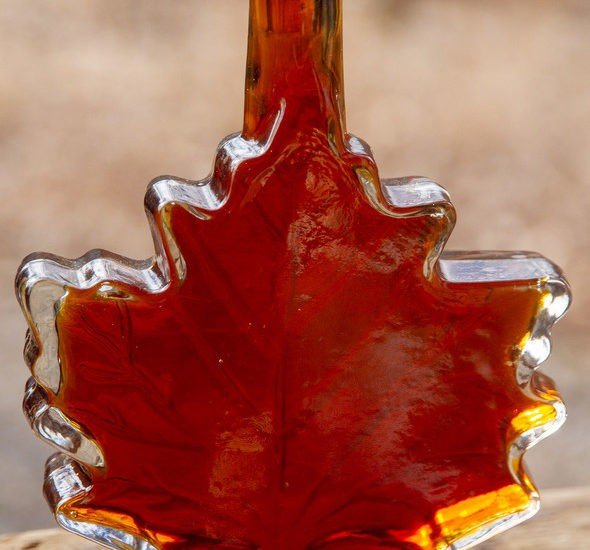
WASHINGTON, Aug. 28, 2018 — The U.S. Department of Agriculture (USDA) today announced that additional assistance has been made available for pecan growers to replant and replace trees through the Tree Assistance Program (TAP) as they recover from the impacts of 2017 weather events, which was made available by the Consolidated Appropriations Act of 2018.
“Pecan orchards were hard hit in by storms in 2017. I saw first-hand the damage inflicted on communities, resources and the land.” said USDA Farm Production and Conservation Under Secretary Bill Northey. “These funds will help the industry recover and replace lost and damaged trees.”
Funding will be provided through the TAP, a program administered by the Farm Service Agency (FSA). Up to $15 million is available to eligible pecan orchardists or pecan nursery tree growers for certain mortality losses incurred during 2017. To be eligible, the grower must have suffered a mortality loss on a stand in excess of 7.5 percent, but less than 15 percent, adjusted for normal mortality.
In addition to TAP, growers and orchardists may be eligible for other 2014 Farm Bill programs. For example, pecan orchardists and nursery tree growers who suffered greater than a 15 percent mortality loss remain eligible under the regular TAP provisions. Under Secretary Northey urged those who may be eligible to work with their local state or county FSA office.
To qualify for a TAP payment for pecan tree losses, orchardists and nursery tree growers must have:
- planted, or be considered to have planted (by purchase before the loss of existing stock planted for commercial purposes) pecan trees for commercial purposes, or have a production history, for commercial purposes, of planted or existing trees;
- suffered a qualifying pecan tree loss in excess of 7.5 percent mortality (after adjustment for normal mortality), from Jan. 1, 2017, through Dec. 31, 2017; and
- continuously owned the stand from the time of the disaster until the time that the TAP application is submitted.
For more information about this or other FSA programs, contact your local FSA county office or USDA Service Center.

